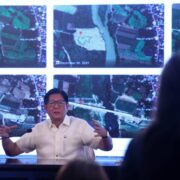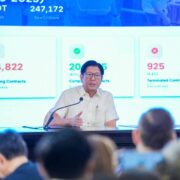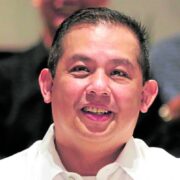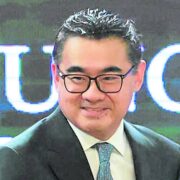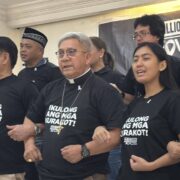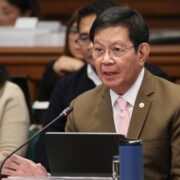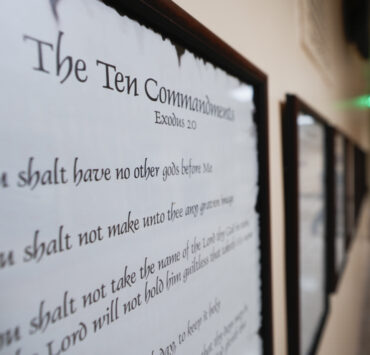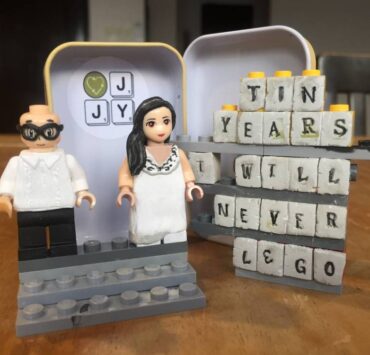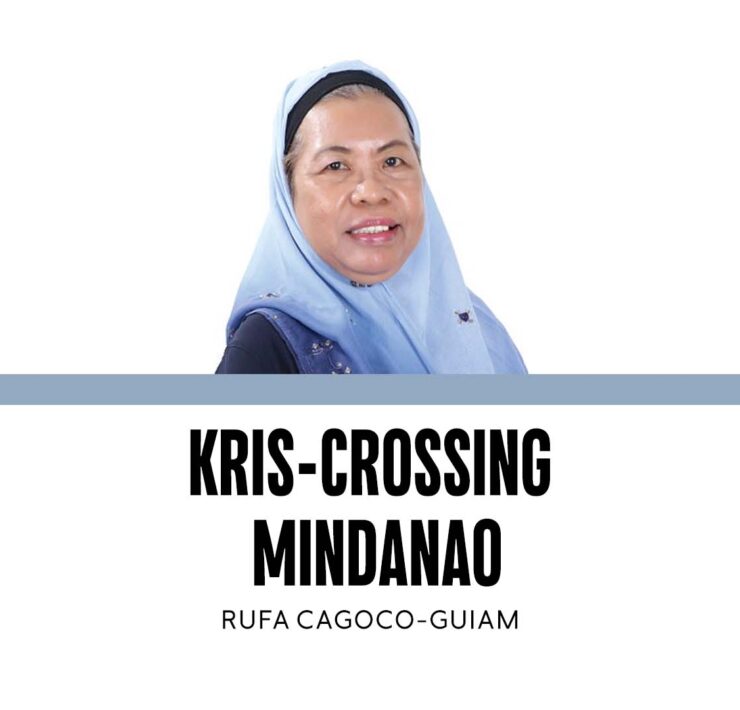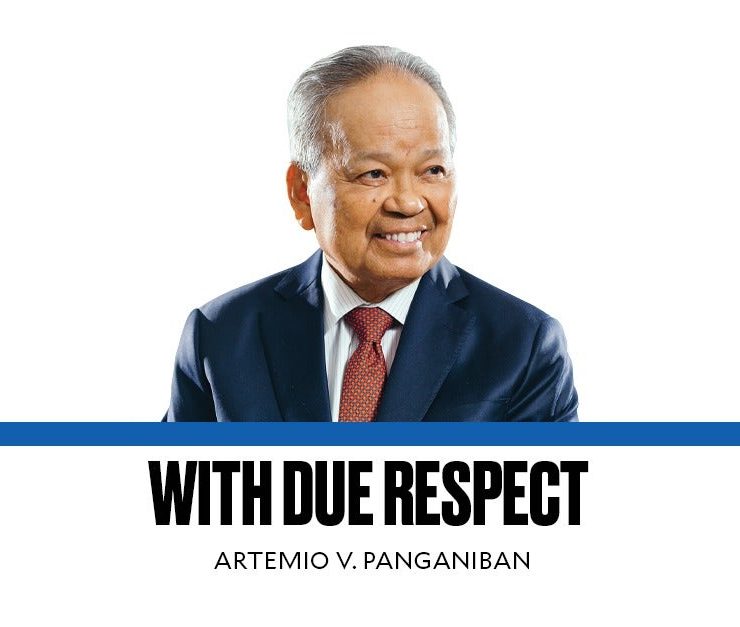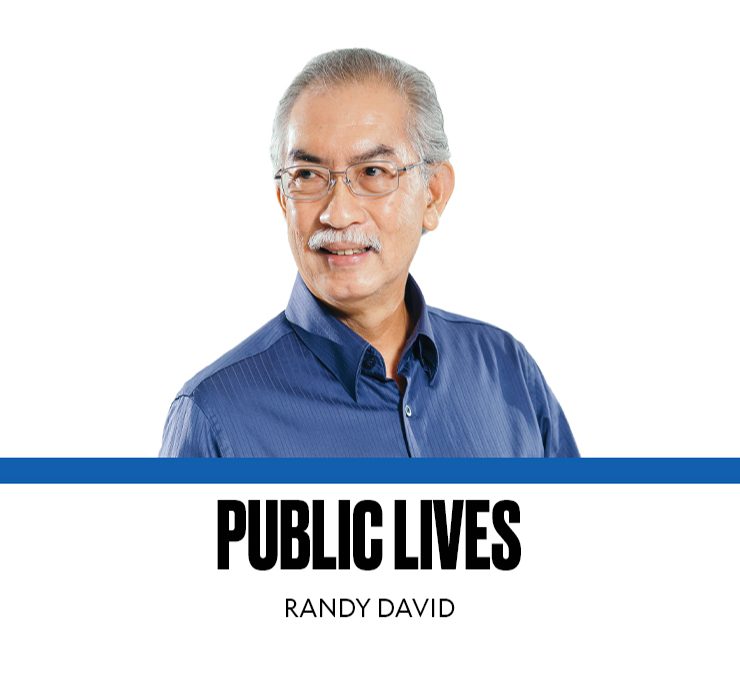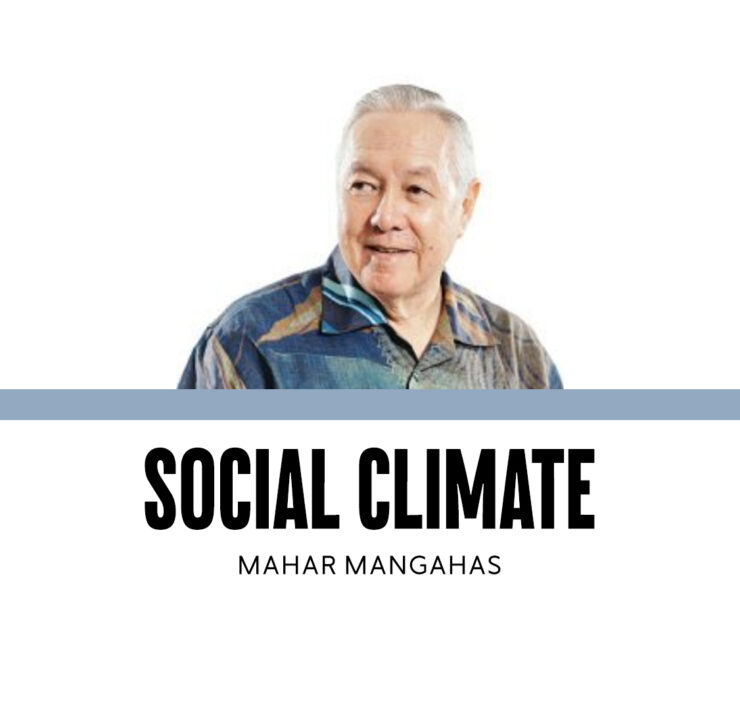Age-specific exercises to achieve your fitness goals
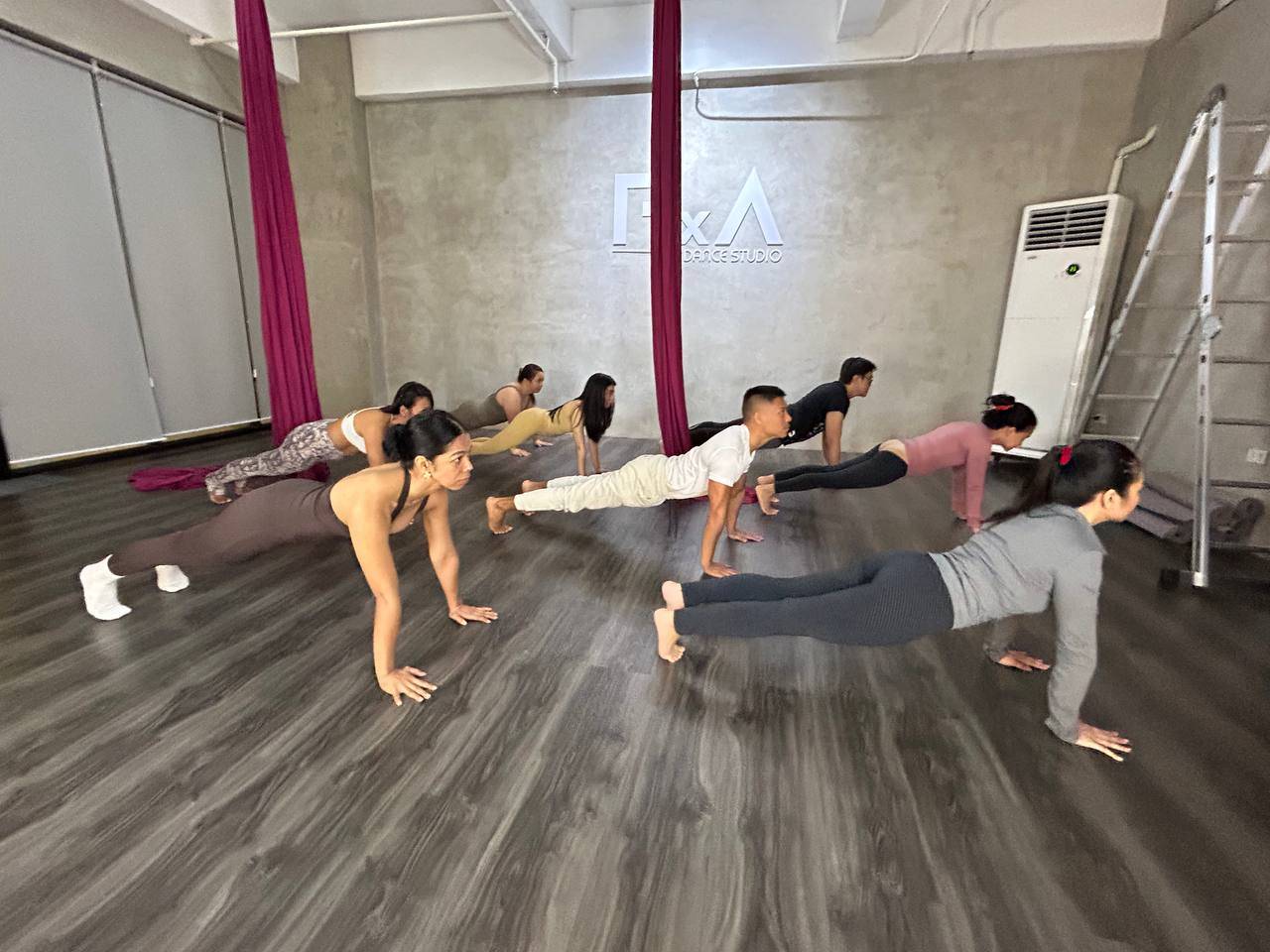
When you’re young and healthy, you tend to think that getting into fitness can wait until the time you don’t feel as young and healthy anymore. But there’s no “best age,” as Dr. Maria Leila M. Doquenia puts it. “Anyone can begin at any stage of life.”
The physician, who specializes in adult neurology, movement disorders, and clinical neurophysiology, explains, “The human body is designed for movement, and incorporating exercise into daily routines offers benefits like improved strength, flexibility, endurance, and mental health. For children, fitness can foster growth, coordination, and social skills.”
She adds, “Adults can maintain or enhance physical and mental resilience through exercise, while older adults benefit from improved mobility, balance, and independence. The key is tailoring activities to individual capabilities and starting with small, achievable goals to build consistency.”
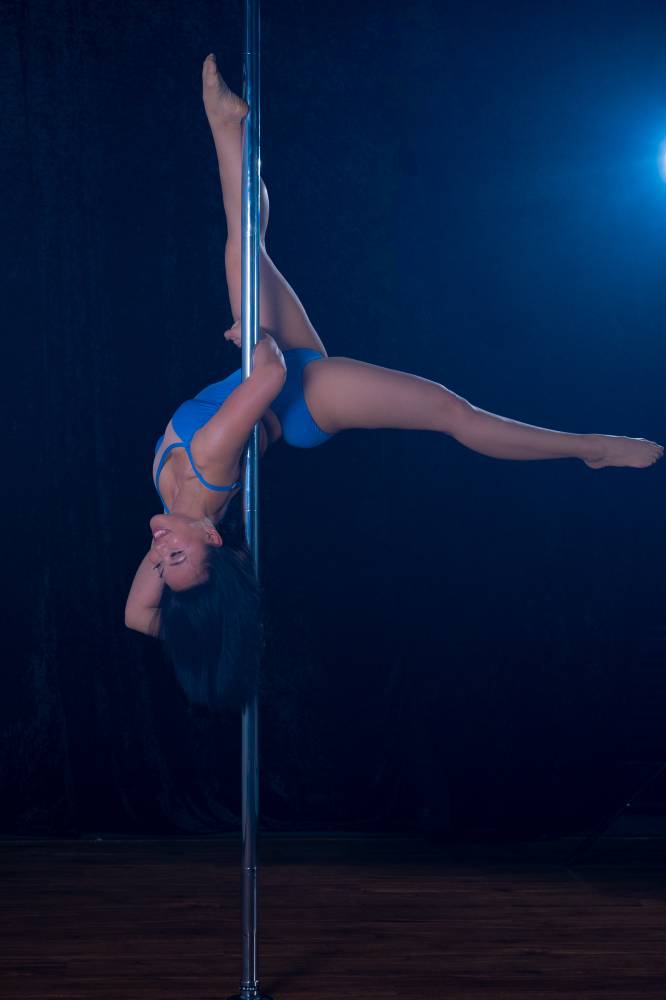
Dr. Juan Alvaro F. Estrada, a general orthopedic surgeon, agrees. “The best time to start is always now, no matter what your age.”
He elaborates, “For younger individuals, starting early builds a strong foundation for lifelong health. In your 20s or even earlier, you have the energy and recovery capacity to develop strength, endurance, and healthy habits. For older adults, starting fitness—even with small steps—can lead to tremendous health benefits.”
Resistance training
Resistance training in particular, he says, is effective at any age for improving muscle strength, maintaining bone density, and enhancing overall mobility. “The key is recognizing that fitness is not just about aesthetics but about long-term functionality and quality of life.”
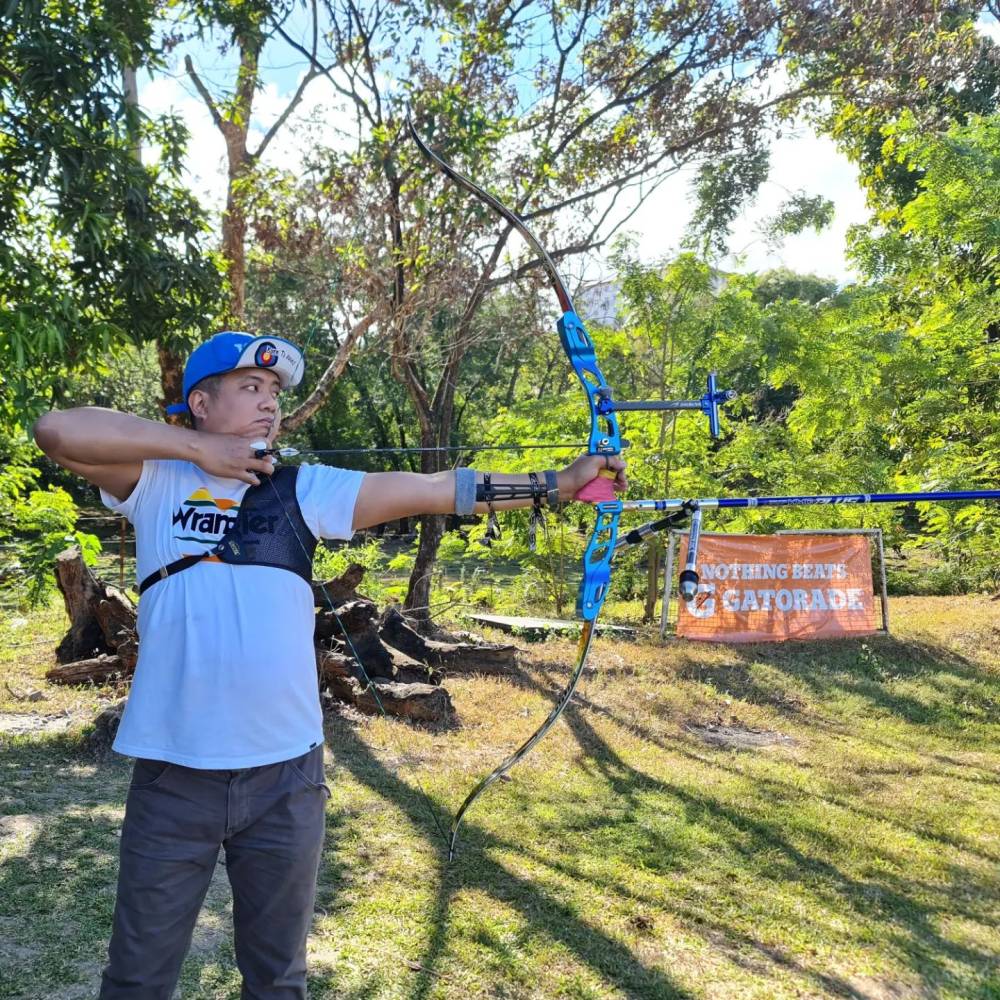
Estrada and Doquenia, who are a couple and both licensed physical therapists, advocate for an active lifestyle. They bike together for leisure. Estrada, a cofounder of ActivAItPH rehabilitation clinic, bikes from his residence in Quezon City to Makati City to attend classes at the Asian Institute of Management, where he’s taking up his Masters in Data Science.
Doquenia, a neurology consultant at ActivAItPH, is into pole dancing and aerial arts, specifically hoop and hammock. She makes it a point to squeeze in a few hours of her fitness activities while fulfilling her medical duties at the Metropolitan Medical Center in Manila and Mary Mediatrix Medical Center in Lipa City, Batangas.
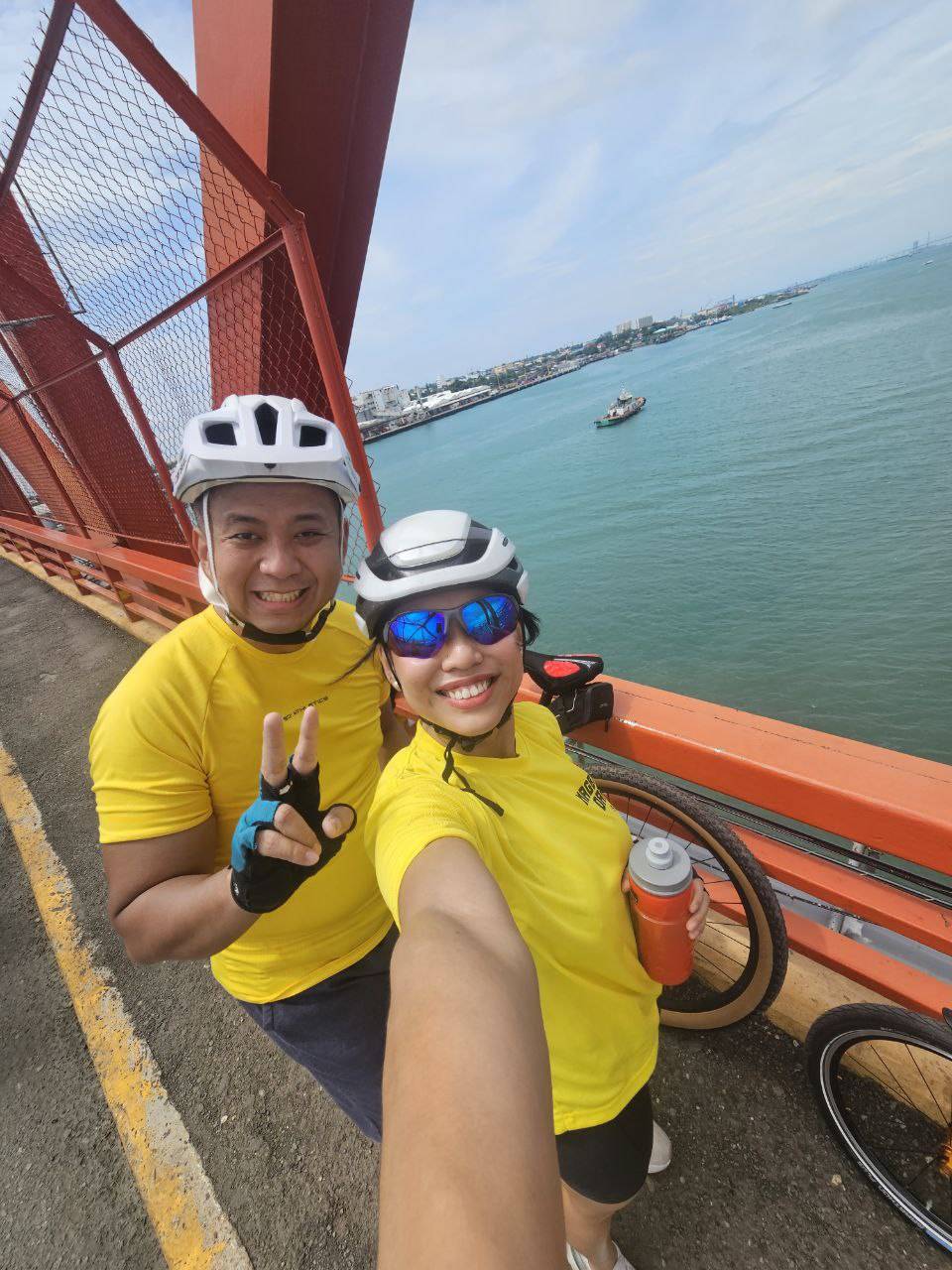
20s and 30s
Exercise recommendations can be grouped into early, middle, and late adulthood, Doquenia says, “with adjustments based on individual goals like flexibility, mobility, strength, endurance, or speed.” Activities should inspire interest and enjoyment, as consistency is key.
“Proper technique is essential for safety and progression,” she adds, “making guidance from certified fitness instructors or physical therapists invaluable, depending on the chosen activity.”
Doquenia describes early adulthood (20s and 30s) as the “prime years to explore diverse and challenging physical activities to build a solid fitness foundation.” Estrada, meanwhile, advises to “focus on developing proper form and technique in resistance exercises, as these will be foundational as you age.”
Options include strength training, high-intensity interval training (HIIT), running, swimming, yoga, Pilates, dancing, martial arts, and sports. Estrada explains that functional fitness—exercises that prepare the body for real-life movements and activities—when incorporated into body-weight exercises and resistance training, helps maintain muscle and support everyday activities.
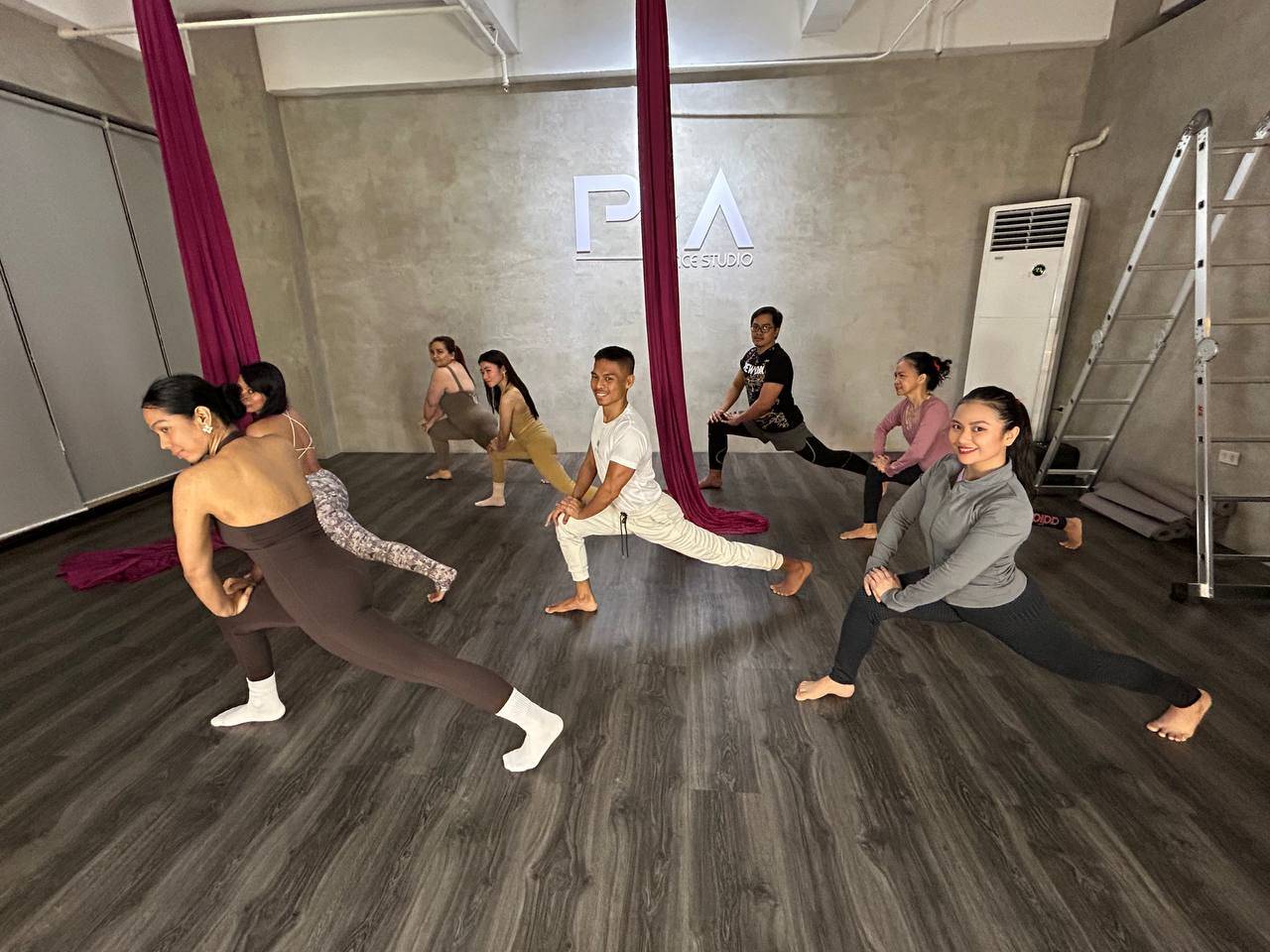
Doquenia also suggests specialized activities, such as pole dancing and aerial arts, as they “provide a unique blend of strength, flexibility, and artistry while enhancing body awareness and confidence.”
40s and 50s
In middle adulthood (40s and 50s), she says the body begins to adapt to age-related changes, so it’s important to focus on maintaining strength, flexibility, and balance while preventing injuries.
Estrada adds, “This is also a good time to prioritize mobility exercises to prevent stiffness. It’s important to listen to your body and avoid overloading joints.”
They both recommend resistance training, functional exercises, low-impact aerobics, yoga, tai chi, and brisk walking. For specialized activities, aerial arts and pole dancing remain excellent options for those seeking creative and engaging ways to improve core strength, mobility, and endurance.
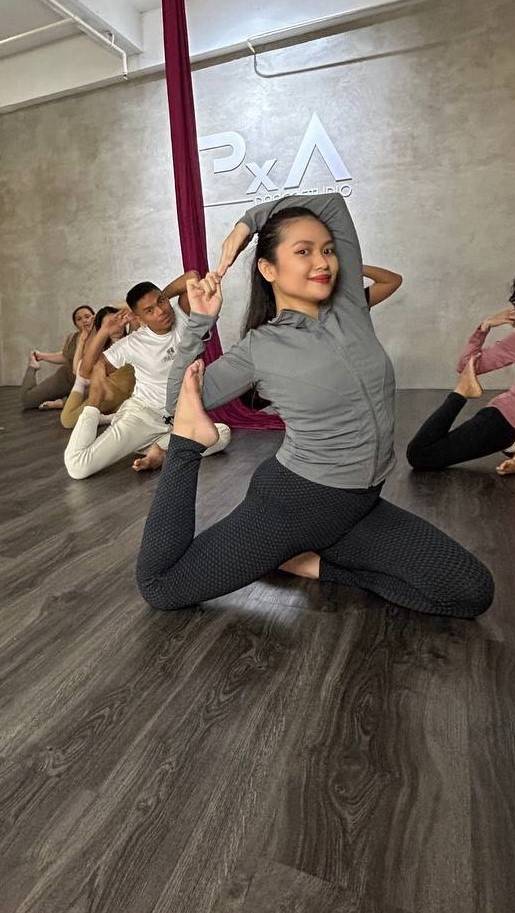
60s and beyond
Upon reaching late adulthood (60s and beyond), Doquenia says the emphasis should be on functional fitness, joint health, and fall prevention while staying active and socially engaged. This can be achieved through regular walking, light strength training, chair exercises, and stretching routines.
Estrada concurs. “At this stage, resistance training is crucial to combat sarcopenia, or age-related muscle loss. Simple bodyweight exercises, resistance bands, or light weights are effective and safe. Add balance-focused exercises like tai chi or water aerobics to prevent falls and maintain independence.”
Doquenia stresses, “Choosing activities you genuinely enjoy—whether at the gym, dance studios, or specialized aerial arts studios—is key to maintaining long-term motivation and achieving fitness goals.”
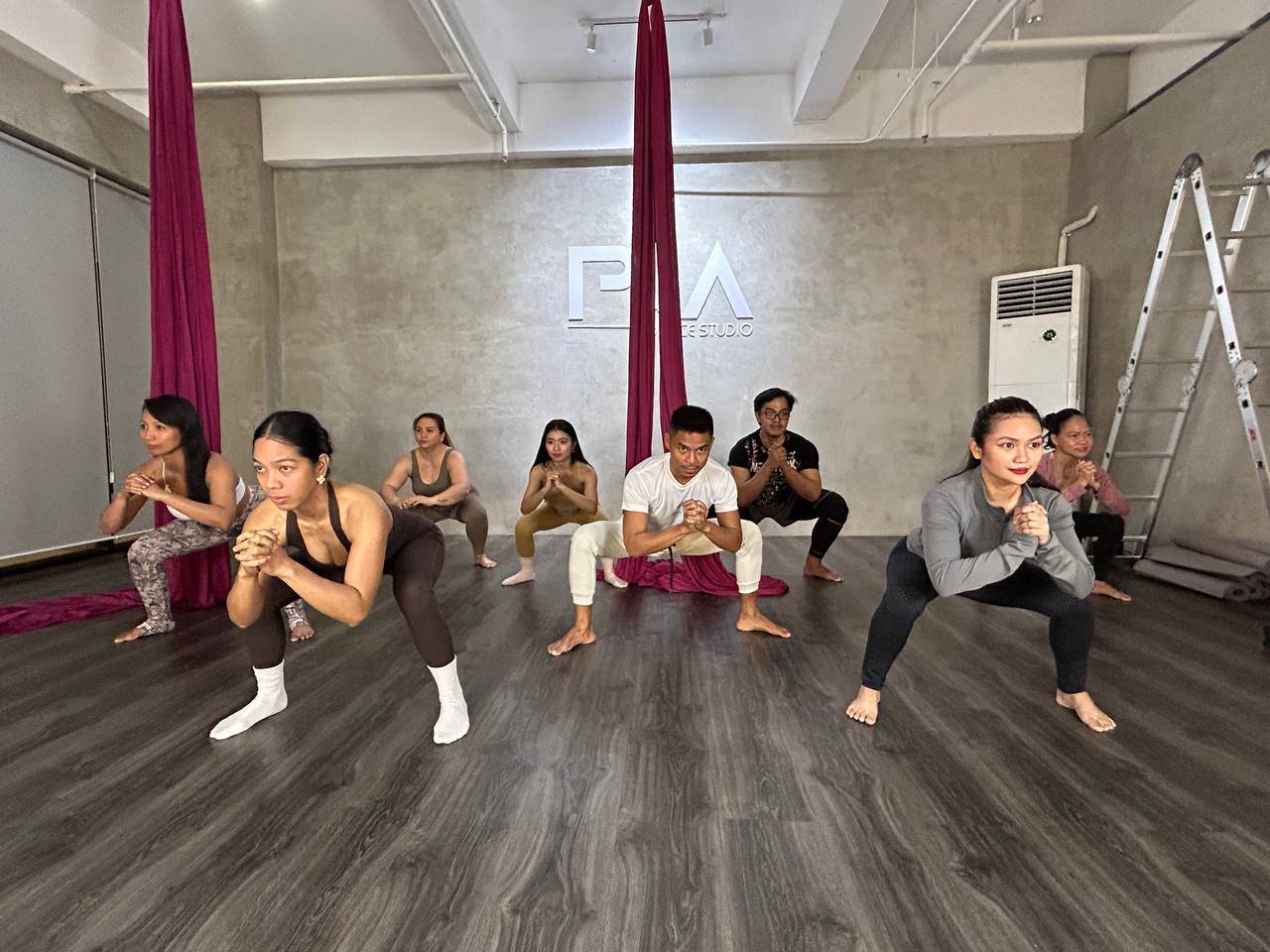
For those with health concerns or who are undergoing treatment but need to exercise and lose weight, Estrada makes it clear that safety is the top priority. You can start by consulting with a physician or fitness professional to identify what exercises are safe and effective for your condition.
“Resistance training is highly adaptable,” he says. “It can be modified for individuals with joint pain, cardiovascular concerns, or limited mobility. For example, seated exercises with light resistance bands can still provide benefits.”
He adds, “Focus on low-impact activities such as walking, swimming, or stationary cycling, which are easier on the joints but still effective for calorie burning and cardiovascular health. The goal is to strike a balance between exertion and safety, building up intensity gradually over time.”
If you go to the gym or studio, Doquenia’s advice is to first inform fitness trainers about your medical conditions or limitations. You can also work closely with a licensed physical therapist, if needed for specialized programs. Then, start slow on your fitness program, listen to your body, and prioritize proper technique.
“Fitness is a lifelong journey,” she points out. “Embrace it at your own pace, and don’t hesitate to seek professional guidance when needed.”



